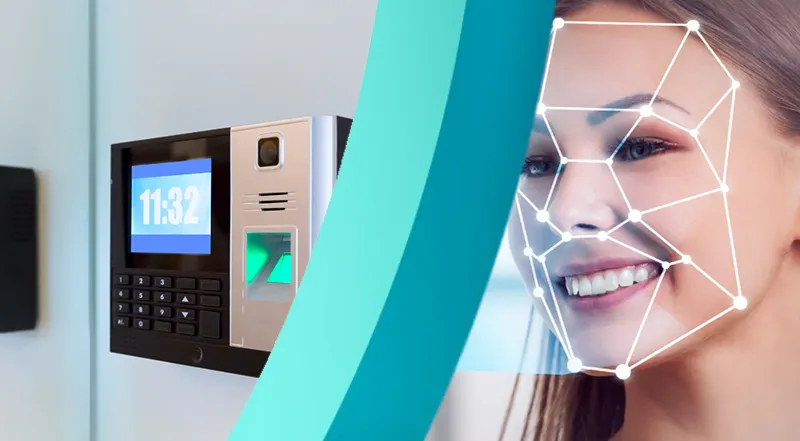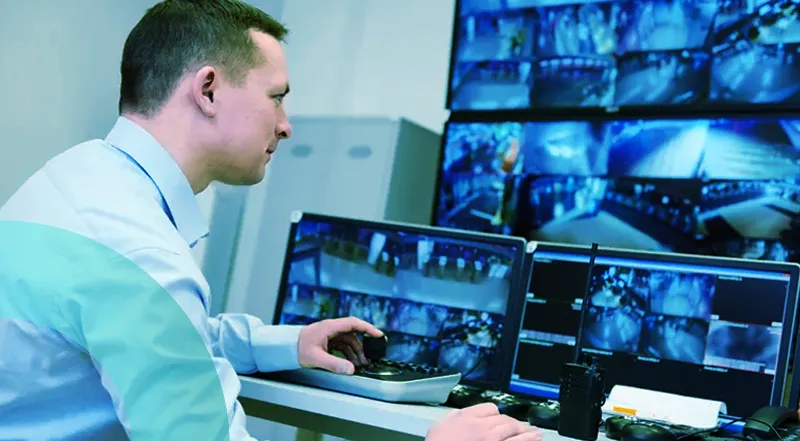The persistent limits of physical media
Badge- and ticket-based systems are simple to use, but they come with uncertainties that directly impact fluidity and security. An employee stuck at the entrance because he forgot his badge, a defective ticket causing a queue in a parking lot, or a faulty terminal blocking a strategic access point: these situations are frequent and costly. They highlight an often-underestimated reality: the robustness of an access control system does not depend solely on the medium chosen, but on the ability to quickly detect anomalies and react in real time. Without supervision, every incident becomes a service interruption.
Supervision as a guarantee of continuity
This is precisely where supervision delivers immediate value. With a 24/7 operations center, it becomes possible to automatically detect a malfunction, assist a user in difficulty, and trigger corrective actions without waiting for on-site intervention. Supervision can, for example, remotely authorize the opening of a barrier when a ticket is unreadable, reset a blocked reader within seconds, or switch to degraded mode until a repair is completed. Instead of enduring disruptions, the site quickly regains fluidity. By transforming a badge- or ticket-based system into a supervised service, it is not just the technology that changes: it is a shift to a continuity-guarantee mindset, which becomes the true performance criterion.
The contribution of digital solutions
Nevertheless, certain environments today exceed the capabilities of physical media. On a construction site with numerous contractors, biometric identification allows for fast, tamper-proof authentication, directly linked to personnel databases to verify credentials in real time. In a public parking lot, automatic license plate recognition (ALPR) eliminates ticket management and instantly applies free access or pricing rules, without human intervention. In a tertiary building, a centralized platform can combine different modes — biometrics for permanent staff, ALPR for vehicles, temporary badges for visitors — while ensuring global supervision. These digital approaches do not erase physical support but expand the possibilities and simplify operations.
From access management to a performance tool
The real transformation does not lie solely in going digital, but in the ability to turn access flows into usable data. Attendance times, occupancy peaks, recurring anomalies, accumulated delays: once consolidated in a supervision platform, these indicators become real management tools. Far from being limited to incident handling, 24/7 supervision opens up a new perspective: optimizing costs, improving flow, and strengthening security through a consolidated, actionable vision of usage.



